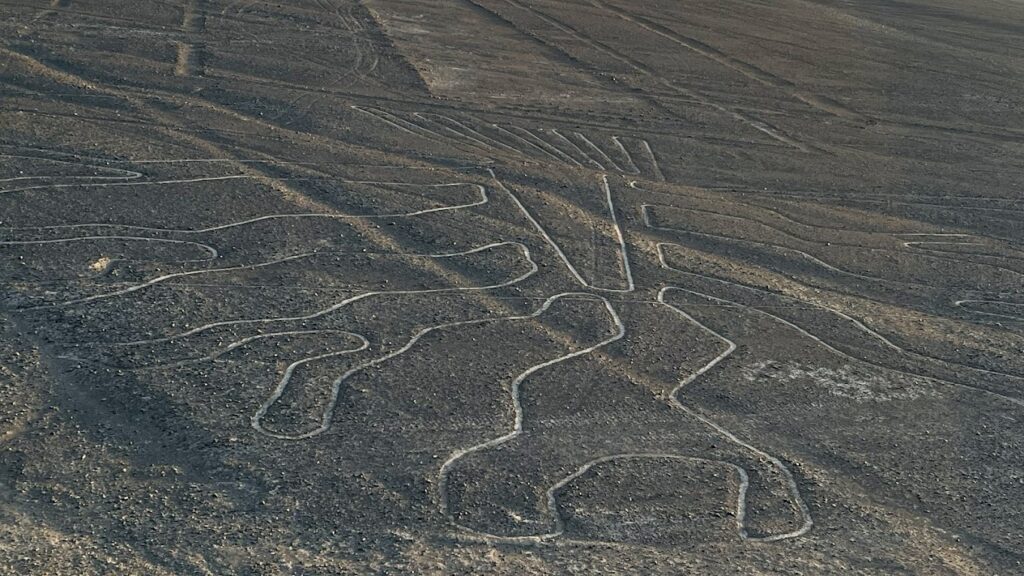Nazca Lines: An Outstanding Puzzle of The Past
Nazca Lines are strange and unique drawings that include animal figures, plants, and abstract shapes carved on the ground in a desert in southern Peru. Their complicated details make it impossible to identify them from the ground, and they are best viewed and appreciated from above. Despite the Nazca civilization advancement, its purpose remains a mystery today, making it an even more interesting part of their culture.

Where are the Nazca Lines Found?
The Nazca Lines are approximately located 400 km from Lima, in a region close to the town of Nazca. Because of the extremely dry climate of its surrounding desert, the lines are over a hundred years old, and people are still able to clearly see them today. The beauty of the view from above is truly mesmerizing.
Rediscovering The Nazca Lines
The purpose of these lines and their complicated detailing remained unknown to the Almost all of the world until the 20th century. Paul Kosok, an American scholar, was one of the first people to study it in the 1930s. Kosok was later joined by Maria Reiche, a German mathematician who dedicated her entire life to documenting the lines and theorized that they may have connections to astronomy.

New Discoveries with AI in 2024
The AI-assisted researches during 2024 resulted in astonishing discoveries of 303 new geoglyphs close to the initial Nazca Lines. The figures which can be in the form of humans, animals, or some unknown shapes give more insights into the Nazca culture. This is a fresh example of how technology is aiding civilization anthropologists to understand more about ancient society.
What Purpose Did The Nazca Lines Serve?
As interesting as the Nazca Lines are, there are just as many theories regarding what they could possibly serve as.
- Astronomy: One of the theories suggests that they could have perhaps used for aligning with the stars or the sun, much like an ancient calendar.
- Agriculture: Some believe that the lines were meant to control water during shortages, to help improve crops.
- Spiritual or Rituals: A possibility would be that they served as a guide for spiritual or ritualistic functions.
- Alien Theories: There are wild believes that these could have been made by aliens as they are so complicated, however there are no scientific facts to prove this.

Protecting the Nazca Lines
In 1994, the Nazca Lines were recognized as a UNESCO World Heritage site owing to their artistic and historical significance. Although the lines have been preserved for centuries due to the dry climate, modern issues such as illegal mining, climate change, and off-road vehicles put these historic lines at risk. There are people looking into ways to safeguard this site.
The Nazca Lines: A Captivating Enigma
The Nazca Lines consist of images of a monkey, a spider, a hummingbird, and other geometric shapes. Although they appear as simple lines carved on the surface from a far, one is able to appreciate their true beauty and size when viewed from above. This attracts numerous tourists and researchers alike.
Theories Regarding the Origins of The Lines
It is commonly argued that some researchers may have had an advanced understanding of the creation, while others believe that these lines are resources from farmers trying to survive in a desert. There are many theories as to what purpose the lines serve.
Brief History of Nazca Civilization
Time Period: The Nazca civilization thrived between 200 BC and 600 AD.
Decline: Although experts argue why the Nazca civilization ended, it is widely believed social internal conflict or climate change may have driven it to extinction.
Sociology: The Nazca drew geoglyphs which denote a class system, social fragmentation, and stratification of leadership whose members directed large–scaled undertakings.
Religion: The Nazca probably had a society organised on rituals targeted at ensuring harvests, fertility, and celestial bodies.
Trophy heads: One more sacrificial ritual that the Nazca practiced was the preservation of human skulls for religious or ceremonial purposes.
Nazca Achievements: Arts and Sculpture Technology
Pottery: The craftsmanship of Nazca pottery is characterized by various and vibrant colors and elaborate designs which frequently represent the geoglyphs.
Textiles: Nazca textiles were crafted promoting the use of new artistic styles combined with practical purposes from weaving of the Nazca civilization.
Geoglyphs: The geoglyphs of Nazca lines scale the achievement of Nazca civilization in engineering, design, and construction.
Medicine: An established form of surgical medicine known as cranial surgery is attributed to Nazca civilization.
Also Read: 100% of the Ocean Will Be Explored by 2030? Let’s Dive In!
For More Updates Please Join :FaceBook




2 thoughts on “Nazca Lines Explained – A Guide to Peru’s Iconic Geoglyphs”